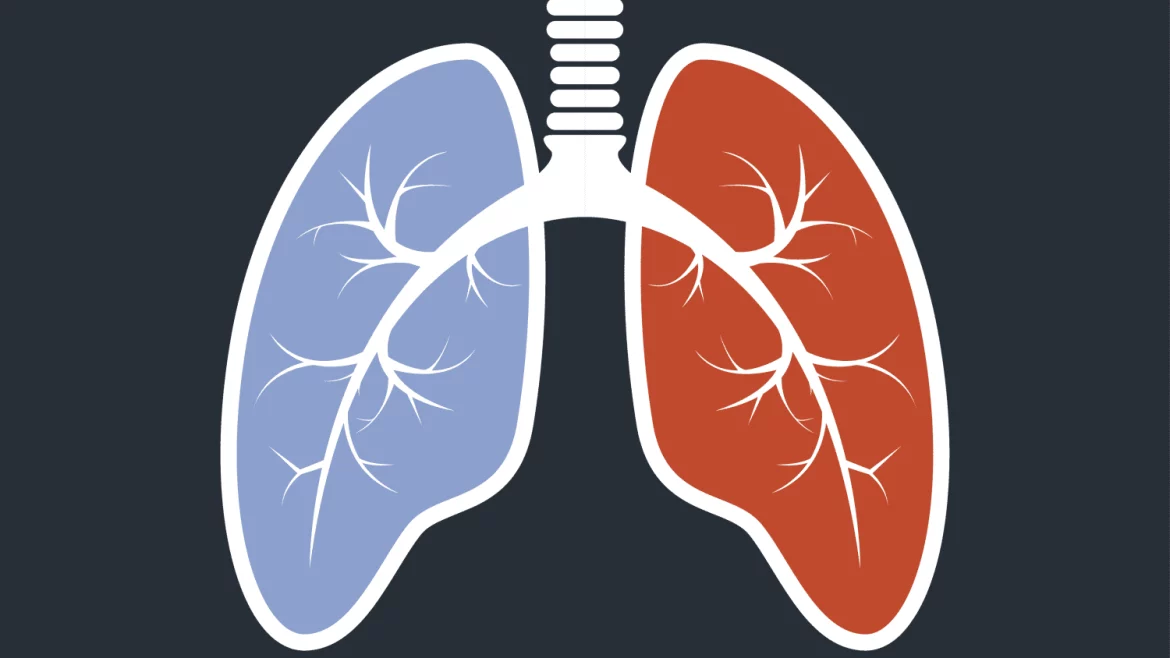Left heart failure (LHF) is a complex condition that can lead to various complications, including pulmonary hypertension (PH). Understanding the mechanisms behind how LHF contributes to PH is crucial for managing and treating patients effectively.
Introduction to Left Heart Failure And Pulmonary Hypertension
Left heart failure occurs when the left side of the heart is unable to pump blood effectively to the rest of the body, leading to a backlog of blood in the lungs. This condition can result from various underlying causes, including coronary artery disease, hypertension, and valve disorders. As LHF progresses, it can exert significant pressure on the pulmonary circulation, ultimately contributing to the development of pulmonary hypertension.
Pathophysiology of Pulmonary Hypertension in Left Heart Failure
Pulmonary hypertension refers to elevated blood pressure in the pulmonary arteries, which supply blood to the lungs for oxygenation. In the context of LHF, several interrelated mechanisms contribute to the development of PH:
Increased Left Atrial Pressure: In LHF, the left ventricle fails to adequately pump blood forward, leading to increased pressure in the left atrium. This elevated pressure is transmitted backward to the pulmonary veins and capillaries.
Pulmonary Venous Hypertension: As left atrial pressure rises, it causes congestion in the pulmonary veins and capillaries. This congestion leads to increased hydrostatic pressure in the pulmonary circulation, contributing to pulmonary vascular remodeling and dysfunction.
SEE ALSO: What Causes Cardiomyopathy?
Pulmonary Vascular Remodeling: Chronic elevation of pressure in the pulmonary arteries triggers structural changes in the vessel walls, known as vascular remodeling. Smooth muscle hypertrophy, endothelial dysfunction, and fibrosis can occur, further increasing pulmonary vascular resistance.
Endothelial Dysfunction: The endothelial cells lining the pulmonary arteries play a crucial role in regulating vascular tone and homeostasis. In LHF, endothelial dysfunction develops due to chronic exposure to elevated pressure and volume overload. This dysfunction leads to impaired production of vasodilators such as nitric oxide and prostacyclin, exacerbating vasoconstriction and vascular remodeling.
Neurohormonal Activation: LHF triggers neurohormonal responses, including activation of the sympathetic nervous system and the renin-angiotensin-aldosterone system. These responses initially aim to maintain cardiac output but can contribute to vasoconstriction and fluid retention in the long term, worsening pulmonary hypertension.
Clinical Manifestations And Diagnosis
Patients with LHF and associated pulmonary hypertension may present with symptoms such as dyspnea on exertion, fatigue, and signs of fluid retention (e.g., peripheral edema). Diagnosis often involves echocardiography to assess cardiac function, measure pulmonary artery pressures, and detect signs of pulmonary vascular changes.
Treatment Strategies
Managing pulmonary hypertension in the context of LHF requires a comprehensive approach aimed at reducing symptoms, improving quality of life, and slowing disease progression:
Optimization of Left Ventricular Function: Treatment of underlying causes such as coronary artery disease, hypertension, and valvular disorders to improve left ventricular function and reduce left atrial pressure.
Pharmacotherapy: Medications targeting pulmonary vascular resistance and congestion, including diuretics, ACE inhibitors, beta-blockers, and in some cases, specific pulmonary vasodilators like endothelin receptor antagonists or phosphodiesterase-5 inhibitors.
Lifestyle Modifications: Sodium restriction, weight management, and regular physical activity to reduce fluid retention and improve cardiovascular fitness.
Surgical and Interventional Options: In severe cases, surgical interventions such as valve repair or replacement, coronary artery bypass grafting, or left ventricular assist devices may be considered.
Prognosis And Future Directions
The prognosis of patients with LHF complicated by pulmonary hypertension depends on the underlying etiology, the severity of cardiac dysfunction, and the response to treatment. Ongoing research aims to elucidate novel therapeutic targets and improve outcomes for these challenging conditions.
Conclusion
In summary, left heart failure contributes significantly to the development and progression of pulmonary hypertension through a complex interplay of hemodynamic, structural, and neurohormonal mechanisms. Effective management requires a multidisciplinary approach aimed at reducing left atrial pressure, optimizing pulmonary vascular function, and improving overall cardiac performance. Early recognition and intervention are essential in mitigating the impact of pulmonary hypertension on patient outcomes.
Understanding the pathophysiology and treatment strategies outlined above are crucial for healthcare providers managing patients with left heart failure and associated pulmonary hypertension, aiming to improve both quality of life and long-term prognosis.


